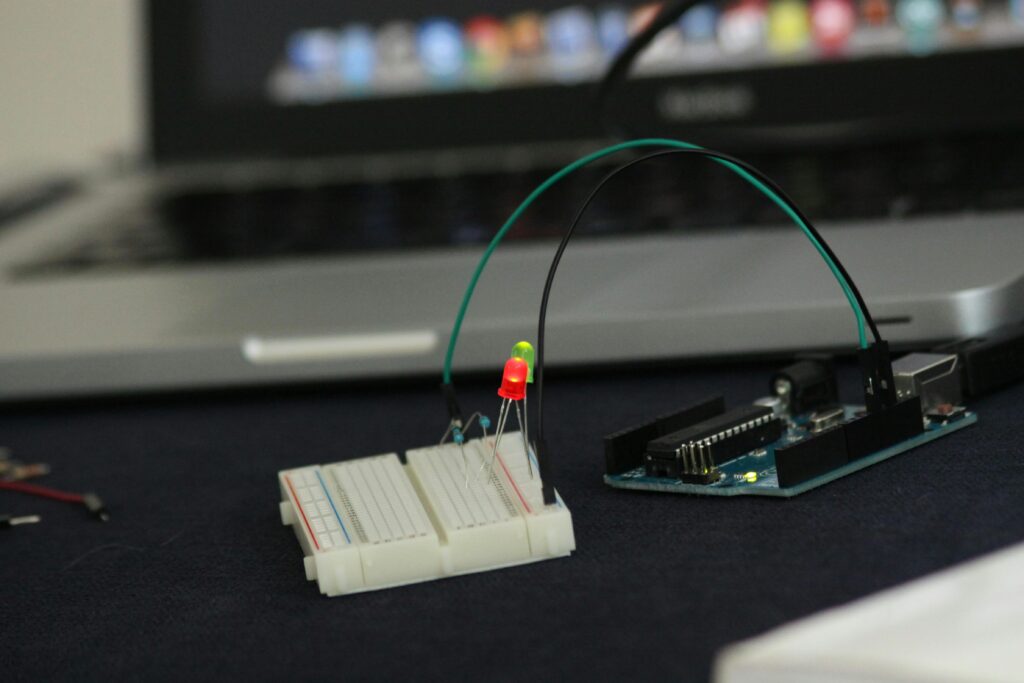C++ for C Developers | Lesson 1: Hello, C++! (Similarities, Basic I/O, Namespaces)
Goal: Understand that C++ builds upon C, learn the basic structure of a C++ program, see the fundamental I/O mechanism (cout), and understand why namespaces (std) are used.
1. C is (Mostly) a Subset of C++
Good news! Much of your C knowledge is directly applicable. C++ was designed to be largely compatible with C. You can often compile C code with a C++ compiler.
- Familiar Syntax: Control structures (
if,else,while,for,switch), basic data types (int,float,char,double), pointers, arrays, structs, and operators work largely the same way. - Standard C Library: You can still use functions from
<stdio.h>,<stdlib.h>,<string.h>, etc., although C++ provides its own, often safer and more powerful, alternatives (which we’ll cover). In C++, you typically include the C headers using acprefix and omitting the.h(e.g.,#include <cstdio>,#include <cstdlib>).
2. Your First C++ Program: “Hello, World!”
Let’s look at the classic example and compare it to C.
C Version:
#include <stdio.h> // Standard Input/Output library
int main() {
printf("Hello, C World!\n");
return 0;
}
C++ Version:
#include <iostream> // Input/Output Stream library
int main() {
// Print "Hello, C++ World!" to the console
std::cout << "Hello, C++ World!" << std::endl;
return 0; // Indicates successful execution
}
Key Differences Observed:
- Header: We use
#include <iostream>instead of<stdio.h>. This header defines C++’s stream-based I/O facilities. - Output Statement: Instead of
printf(), we usestd::cout << ... ;.std::cout: Represents the standard output stream (usually the console).<<: This is the “stream insertion operator”. It “inserts” the data on its right into the stream on its left. You can chain it (std::cout << "Hello" << " " << "World!";).std::endl: This inserts a newline character (\n) and flushes the output buffer (ensuring the text appears immediately). It’s often preferred over just"\n"in simple console output.
std::Prefix: Notice thestd::beforecoutandendl. What’s that?
3. Namespaces: Avoiding Name Collisions
Imagine you’re using two different libraries, and both define a function called doSomething(). How does the compiler know which one you mean? C struggles with this (often resorting to long, unique prefixes).
C++ uses namespaces to group related identifiers (like functions, classes, variables). The entire C++ Standard Library is defined within the std namespace.
std::cout: This tells the compiler: “Use thecoutobject defined inside thestdnamespace.”std::endl: This tells the compiler: “Use theendlmanipulator defined inside thestdnamespace.”
Using using (Use with Caution):
You might see code like this:
#include <iostream>
using namespace std; // Bring everything from 'std' into the current scope
int main() {
cout << "Hello without std:: prefix!" << endl; // No 'std::' needed now
return 0;
}
The using namespace std; directive imports all names from the std namespace into the global scope.
- Pro: Saves typing
std::. - Con: Defeats the purpose of namespaces! It increases the risk of name collisions, especially in larger projects or when included in header files. Best Practice: Avoid
using namespace std;in header files. In.cppfiles, it’s generally better to explicitly qualify names withstd::or useusingdeclarations for specific names (e.g.,using std::cout;,using std::endl;). For simplicity in these lessons, we might use it occasionally in small examples, but be aware of the implications.
4. Compiling C++ Code
You’ll use a C++ compiler (like g++ or Clang++). The command is similar to C:
graph TD
A[Write C++ Source Code<br><code>my_program.cpp</code>] --> B[Compile with <code>g++</code>]
B --> C[Generate Object File<br><code>my_program.o</code>]
C --> D[Link to Executable<br><code>my_program</code>]
D --> E[Run Program<br><code>./my_program</code>]
# Compile my_program.cpp and create an executable named 'my_program'
g++ my_program.cpp -o my_program
# Run the program
./my_program
Summary of Lesson 1:
- C++ builds upon C; much C code is valid C++.
- Use
#include <iostream>for basic console I/O. std::cout << ...;is the standard way to print output.<<is the stream insertion operator.std::endlinserts a newline and flushes the buffer.- Namespaces (like
std) prevent name conflicts. Usestd::to access names within the standard namespace. - Compile C++ code using a C++ compiler (e.g.,
g++).
Next Lesson: We’ll dive deeper into C++ I/O streams, handling input with std::cin, and introduce the much more convenient std::string class compared to C-style character arrays.
More Resources:
cppreference – std::cout: https://en.cppreference.com/w/cpp/io/cout
Learn C++ – iostream Tutorial: https://www.learncpp.com/cpp-tutorial/introduction-to-iostream-cout-cin-and-endl/


